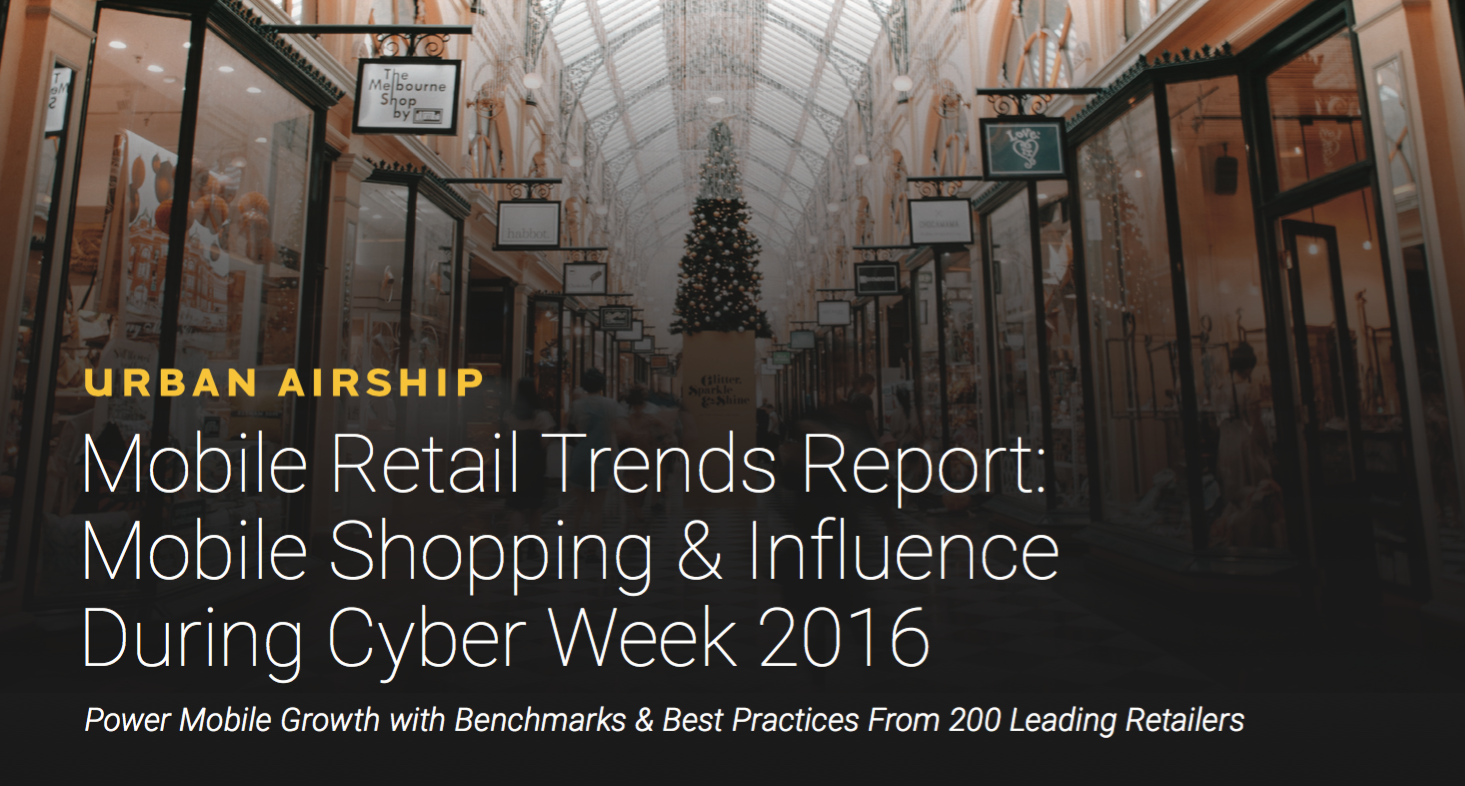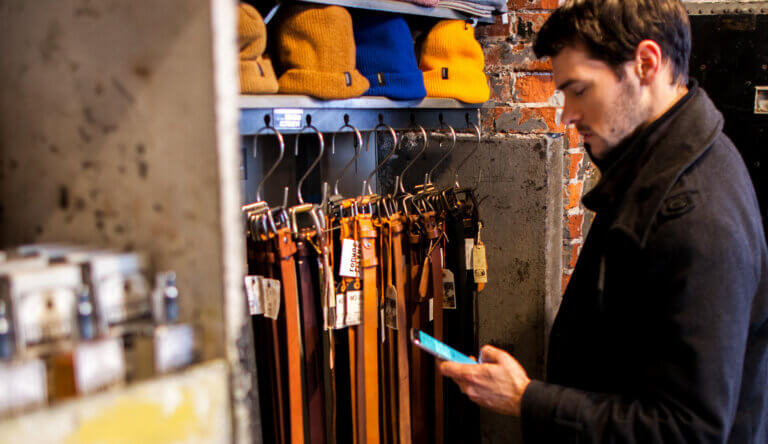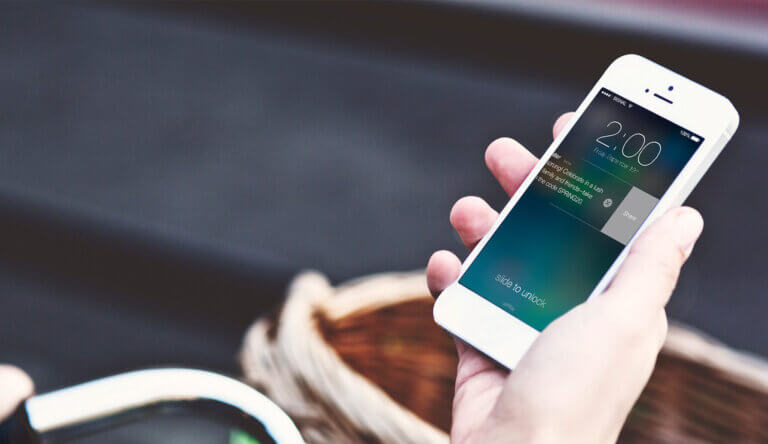
Mobile’s Influence on Holiday Sales in the U.K.: Recap of Our Latest Breakfast Event in London
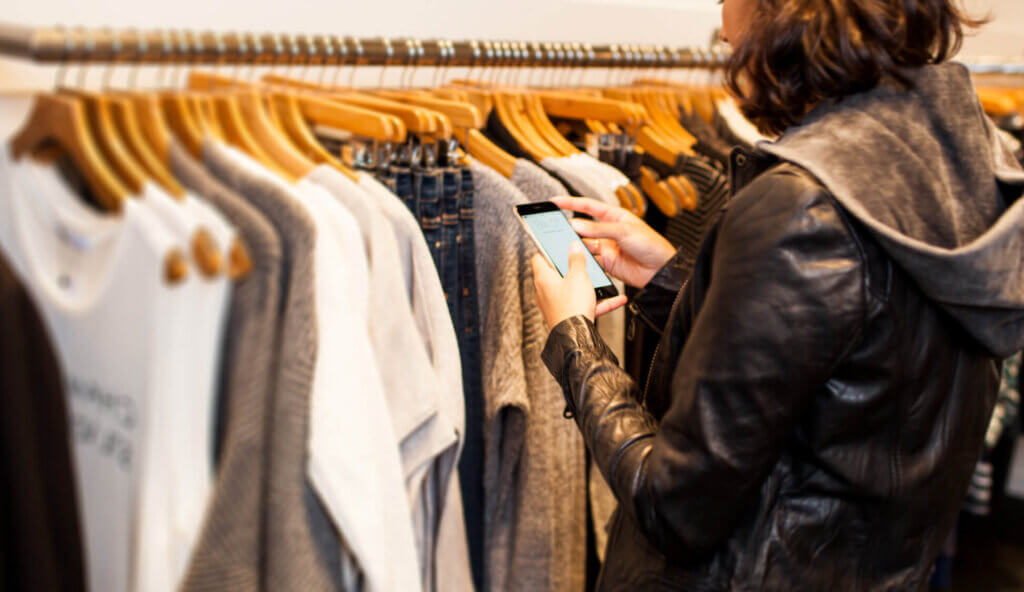
Share to my network
In this article
Categories
Book a meeting
Connect with our team of experts to discuss your conversion and loyalty goals, and how we can help you achieve them faster.
Get a demoAfter three years of Black Friday being an official event in the U.K., both retailers and consumers are finally starting to figure out what works well and what doesn’t.
Our London office held a breakfast event last week to give local retailers an exclusive first look at the results of our fourth annual study on mobile engagement trends around the record breaking 2016 holiday shopping season and share lessons learned.
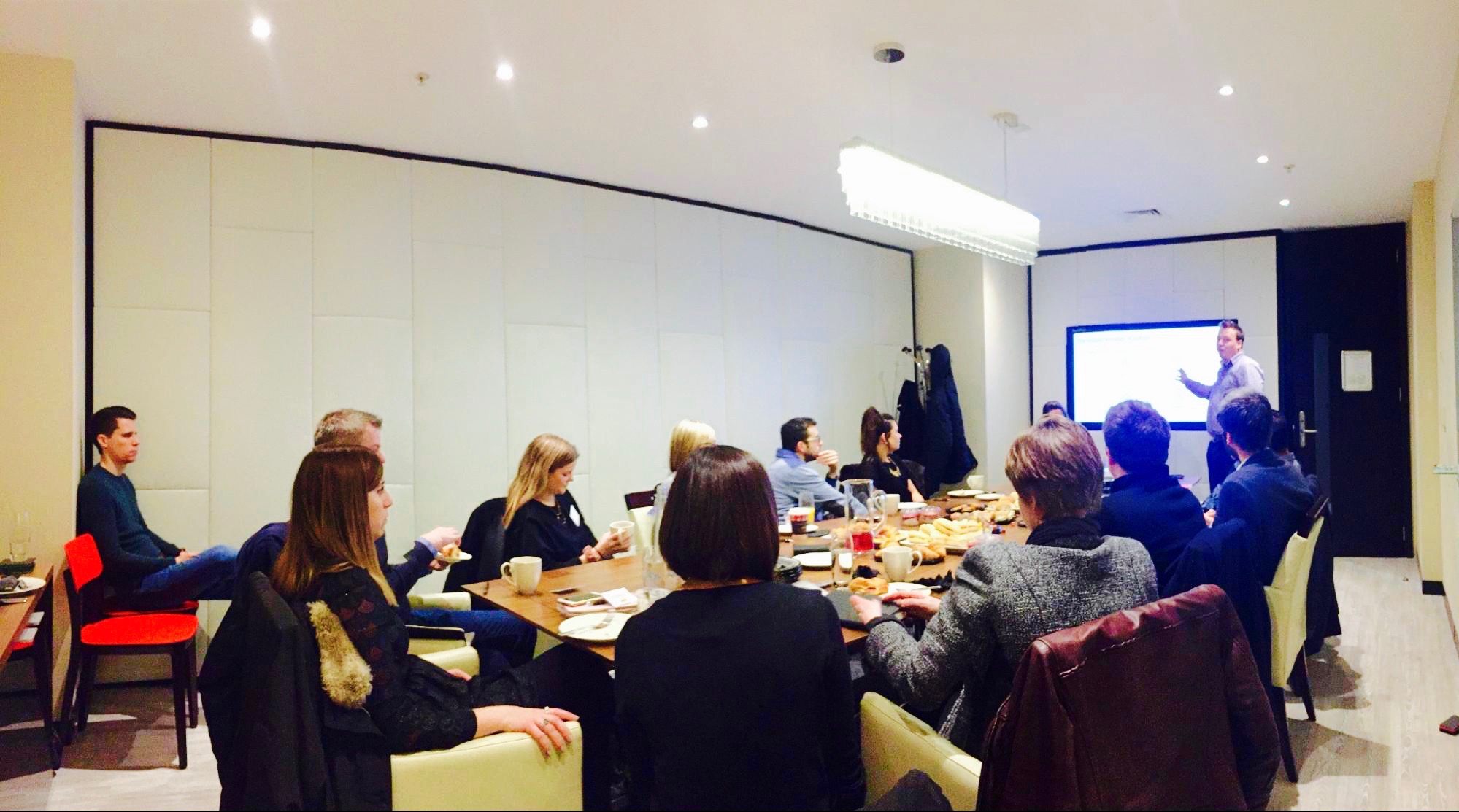
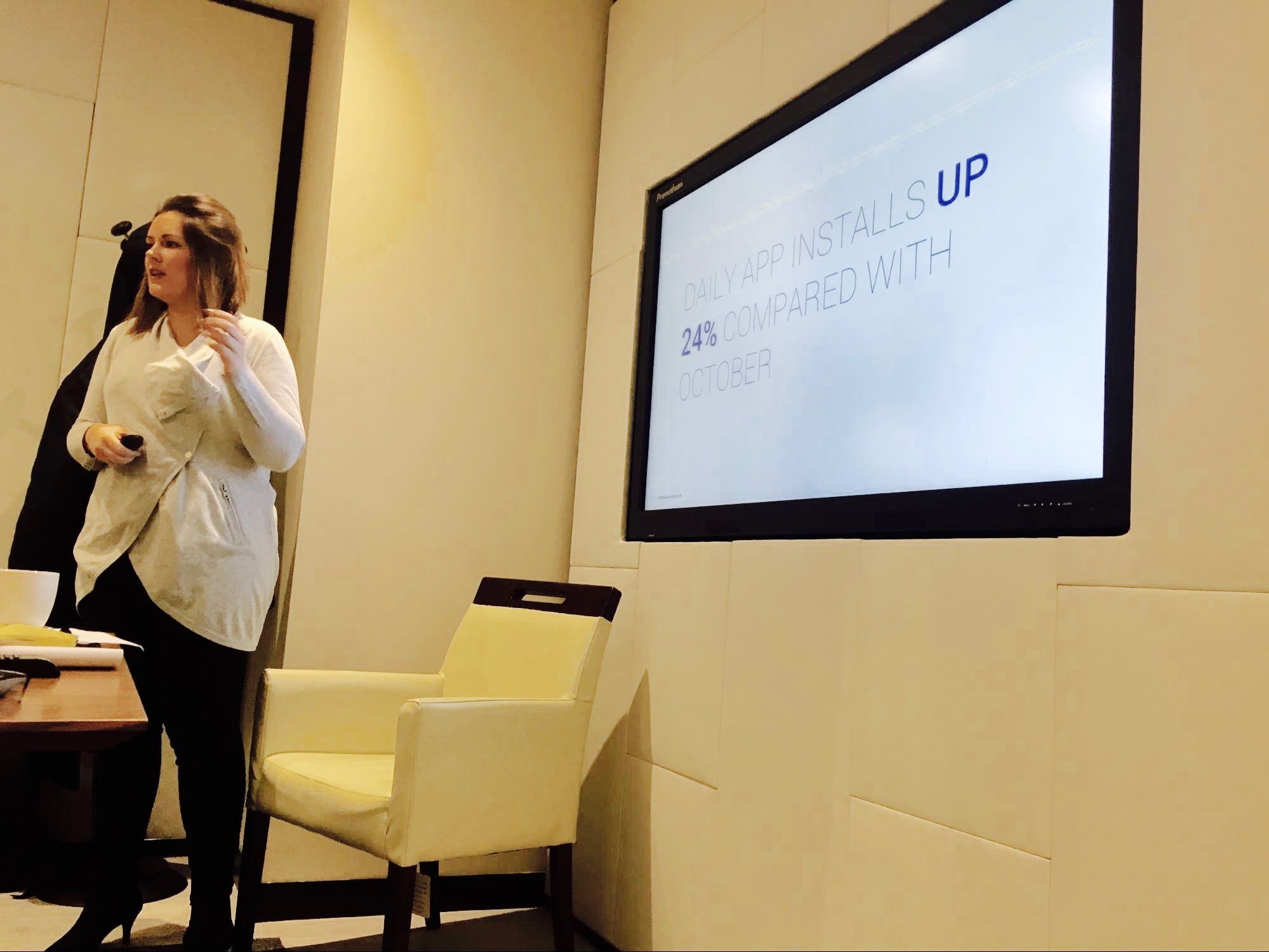
Emily Buckman, Global Strategic Consultant, Urban Airship talked the group through the data and trends that shaped consumer engagement in both the U.K. and U.S.
Here are three highlights:
1) Black Friday in the U.K. is Still a Novelty
In the U.S., Black Friday and Cyber Monday are routine events for both shoppers and retailers. The intense competition drives retailers to build momentum throughout the month of November by sending high volumes of mobile messages — brands sent 56 percent more holiday push notifications in 2016 than 2015.
However, in the U.K., these sale days are still a novelty, and retailers are able to take a more conservative approach.
Our data showed that in the U.K., retailers sent messages later in the month capitalizing on the excitement closer to the big shopping weekend. Thanksgiving and Black Friday had the highest engagement rates at 16% – a 78% increase over an average November day.
The retailers at our breakfast event confirmed this trend — and that their strategy was to hold off until later in the month to engage with their audience.
One of our guests noted that saw a significant decrease in sales throughout early November as shoppers waited to see what offers would be in place over the cyber weekend. Engagement rates begin a sharp increase one week before Black Friday.
2) Measuring Push Messaging ROI Essential
When it comes to proving a return on investment for all of the money that businesses are putting into mobile – the struggle is definitely real.
As one guest said, “It used to be enough to show an improvement in engagement rates or app installs, but now my boss says ‘so what?’ He wants to know exactly what our app is producing in terms of revenue so we can justify the ongoing costs of managing and maintaining our mobile presence.”
For the first time as part of this study, we made an attempt to examine the ROI being produced by November messaging campaigns. To do this, we looked at data from two of our clients — one U.S. clothing retailer and one U.K. department store. Here’s what we found:
-
The U.S. clothing retailer drove 14,000 individual sales between Thanksgiving and Cyber Monday, resulting in around $1M in revenue. Of those sales, 33% were influenced directly by a push notification.
-
The U.K. department store’s numbers were even better: 39% percent of sales made in the app on Cyber Monday and the five days before were influenced by a push notification or in-app notification. Additionally, the shoppers who were influenced by a message spent more money.
(Get the full details on the analysis for both of these retailers in the report.)
These results quickly became the envy of our breakfast guests with many expressing frustration that they don’t know how to access this type of data.
As Emily explained, the first step towards getting at this data is adding a series of custom events to your mobile messaging solution. We answer FAQs about custom events and how to implement and measure them here — or you can contact us anytime to talk through your use cases.
3) Take a Targeted Approach to Cut Through the Noise
Everyone is thrilled with the record breaking engagement rates of 2016, but event attendees also expressed fear that increased volumes of mobile messages could be annoying shoppers. The last they they want is to prompt opt-outs or — even worse — uninstalls.
Many have seen this happen with email unsubscribes, and are keen to ensure that mobile doesn’t head down the same path.
As competition on mobile gets stronger, it is important that retailers cut through the noise by taking a targeted approach, rather than increasing volumes and annoying users.
Retailers seem to be on board with this idea — our data showed that during the holiday shopping period in November 84% of push messages were highly targeted to shoppers’ location, preferences and behaviors.
Want to make sure you’re on the invite list for future breakfast events in London and Europe? Shoot us a note and we’ll make sure you’re in the loop!
Get your copy of our Mobile Retail Trends Report: Mobile Shopping & Influence During Cyber Week 2016 today.
